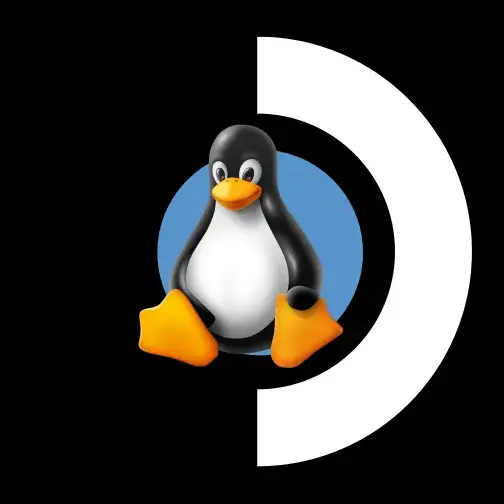

:/ shit.
I’m pretty sure I saw this a few months ago and moved to the beatkind/watchtower fork, but it’s not been updated in 6mo either. (Devs only been active in private repos; so they’re still around, just not actively working on watchtower)
Guess I’ll find another solution. Hell, I might just put my own script on crontab. Looping through folders running docker compose down/pull/up isn’t too hard really.



Bit old, but pretty much everything Source Engine is self-hostable isn’t it? Most of them even come with a pre-configured SRCDS (SouRCe Dedicated Server) you can download and run right from the steam launcher.
I know I ran a GarrysMod server for quite a while; piling a shit ton of mods on it. Plus any source game you’ve got installed, Garrys Mod can and will use the resources/assets from.